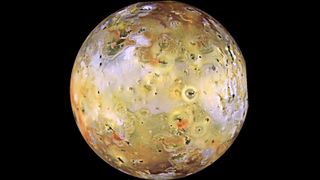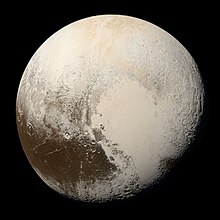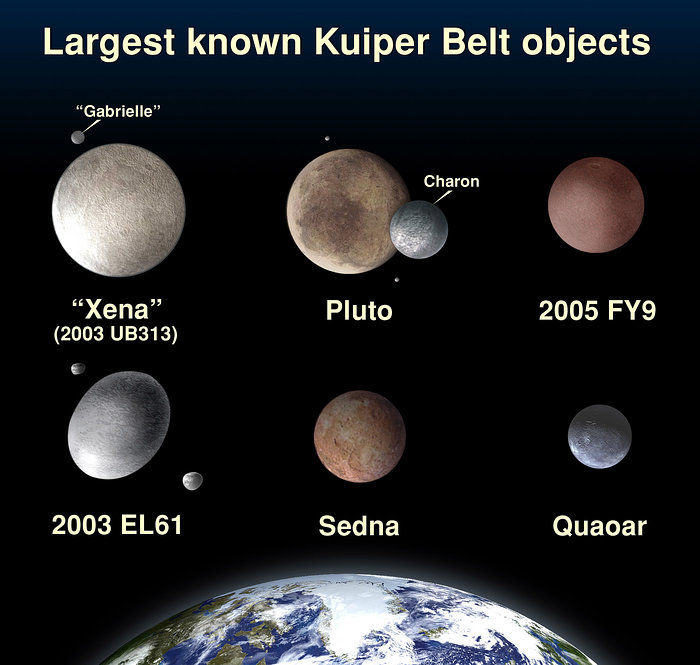
Over the past several decades, the study of extrasolar planets, or exoplanets, has been one of the most rapidly advancing fields of astronomy and even science in general. With huge leaps forward that have been made in both technology and methodology, the number of exoplanets astronomers have been able to directly observe has exploded, with more than 5000 fully confirmed planets and thousands of candidates which may or may not be. There are a number of ways to identify exoplanets, but the two most common are by observing a transit (measuring how much of a star’s light and exoplanet blocks when it moves between us) or by observing the red and blue shift of the star as it orbits the system’s center of mass.

Given the massive number of stars in our galaxy, and the apparent frequency of expo planets around other stars (about 1/5 of sun-like stars) estimates for the number of planets in our galaxy alone can top 100 billion. As we continue exploring the galaxy around us, and especially with new tools like the JWST, that number is sure to grow. With so many planets in our galaxy, its almost certain there are many, many habitable worlds, and it is very possible there may already be life on them.









